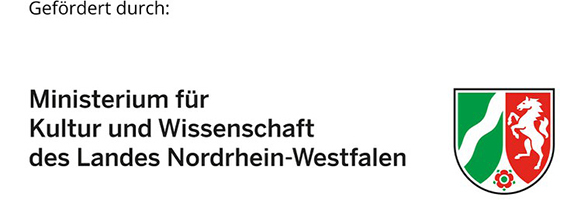Lineardirektantrieb für biegeschlaffe Transportbänder zur Reduzierung der Gurtzugkraft
DOI:
https://doi.org/10.2195/lj_Proc_kanus_de_201912_01Keywords:
Biegeschlaffe Transportbänder, Lineardirektantrieb, Linearhybridschrittmotor, Reduzierung der GurtzugkraftAbstract
Due to increasing demands of the mass flow and transport lengths, the use of intermediate drives for continuous conveyors for both packaged and bulk materials is constantly growing. Intermediate drives allow the transmission of drive forces along the conveyor and thus lead to a reduction in the maximum belt tensile force. This paper presents a new drive concept for light conveyor belts. To reduce the belt tensile force, intermediate drives in form of linear direct drives are allocated along the transport distance. In the first part, a new belt design is presented which enables the implementation of the linear direct drive runner elements. The conveyer belt is characterized by low additional weights of the runner elements and has only a slightly higher bending stiffness compared to conventional conveyor belts, whereby small pulley diameters can be achieved. The second part explains the drive concept in the form of an Integrated Linear Flux Modulating Motor in more details. Finally, a demonstrator is presented. The demonstrator is driven by two distributed linear motors and has the belt structure mentioned before. Therefore tests on the function of the demonstrator are described.Downloads
Published
2019-12-20
How to Cite
Kanus, M., Hoffmann, A., Overmeyer, L., & Ponick, B. (2019). Lineardirektantrieb für biegeschlaffe Transportbänder zur Reduzierung der Gurtzugkraft. Logistics Journal: Proceedings, (15). https://doi.org/10.2195/lj_Proc_kanus_de_201912_01
Issue
Section
Artikel








